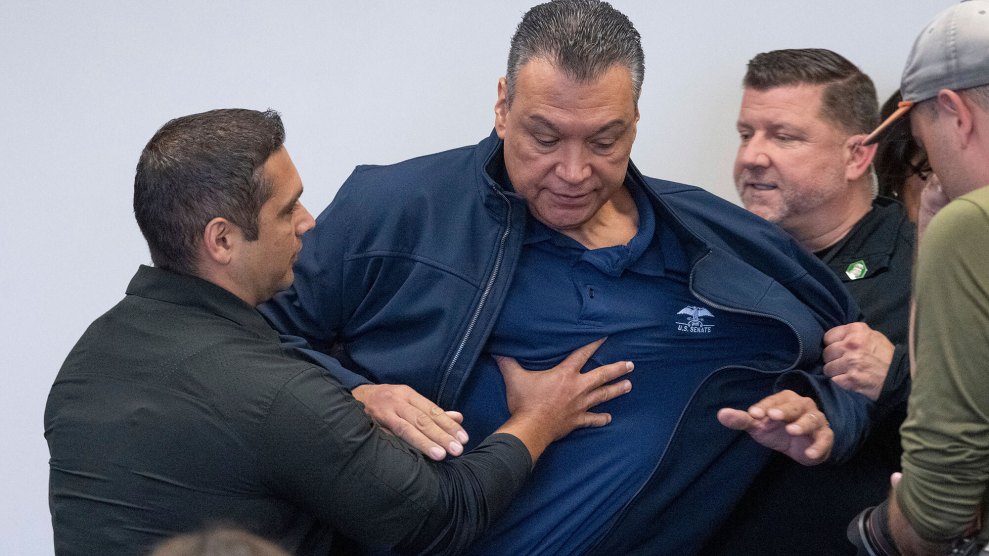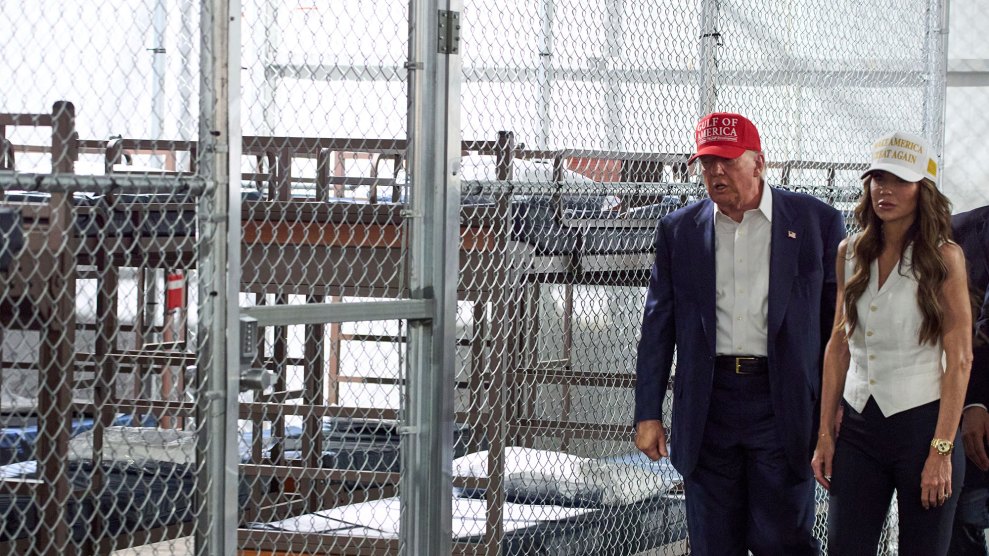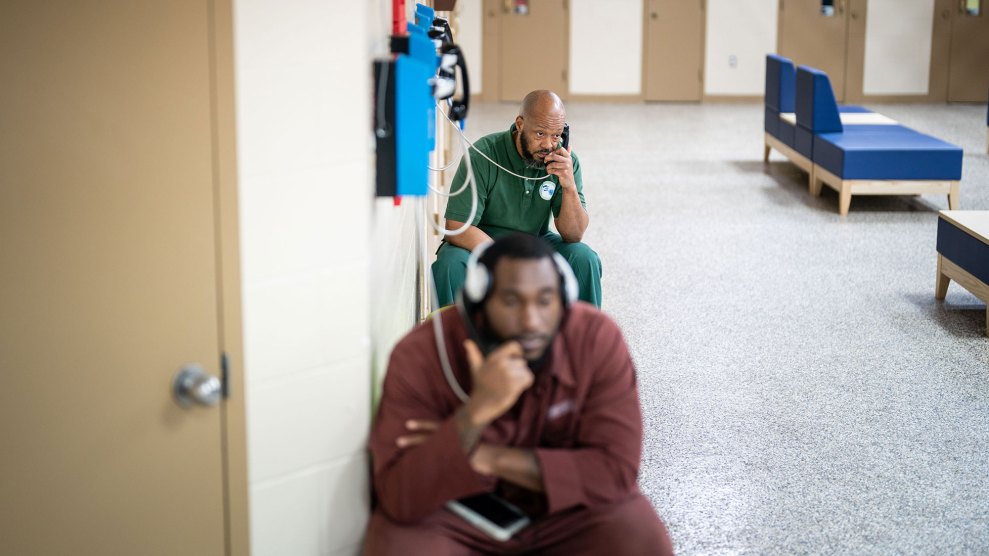And now from the future to the past: specifically, the period from 1921 to 1936. Let’s talk about homicide.
James Feigenbaum and Christopher Muller recently published an intriguing paper that looks at the correlation between the introduction of lead pipes in American cities at the turn of the 20th century and the increase in the murder rate 20 years later. Southern cities, it turns out, mostly opted out of lead piping (mainly because they lacked nearby lead smelters and refineries), so F&M present  separate results for northern and Midwest cities where the vast bulk of lead pipe construction took place.
separate results for northern and Midwest cities where the vast bulk of lead pipe construction took place.
Their basic results are on the right. Cities with at least some lead piping had murder rates that were, on average, 8.6 percent higher than cities with galvanized iron or wrought iron pipes. Other causes of death were mostly unrelated. Only the murder rates changed1.
Now, there are several things to say about this. On the positive side, this study avoids some of the confounding factors of other studies. Lead paint and gasoline lead, for example, tend to be concentrated in poor neighborhoods, which means that correlations with crime might be due to hyper-local socio-geographic factors rather than lead itself. But F&M’s study avoids this problem: lead piping generally served entire cities, so it affected everyone equally, not just the poor. And since the likelihood of using lead pipes was mostly a factor of how close a city was to a lead refinery (thus making lead pipes cheaper), there’s no special reason to think that cities which used lead pipes were sociologically any different from those that used iron pipes.
On the negative side, it’s risky to look solely at homicide numbers. This is because the absolute number of murders is small, especially on a city-by-city basis, and that means there’s a lot of noise in the numbers. This is especially true when you’re limited to a period of time as short as 15 years. There’s also the fact that this was an era when lead paint was widely used, and that’s very hard to tease out from the use of lead in pipes. Finally, there’s the usual problem of any study like this: what do you control for? The use of lead pipes is plausibly unrelated to anything else related to crime, but it’s impossible to know for sure. The authors do control for black population, foreign-born population, occupations, home ownership, and gender breakdown, and that reduces their effect size from 11.4 percent to 8.6 percent. Might some other control reduce it even further?
Plus there’s the anomaly of Southern cities. Very few of them used lead pipes, but some did, and their murder rates were essentially no different from any other Southern cities. Why? It’s possible that this is because their use of lead pipes was small (F&M have data on lead pipe use by city, but not on how much lead piping was used in each city). But it’s still odd.
Finally, there’s a fascinating aspect to this study: when you study lead and crime, you need to concentrate on young children, since they’re the ones primarily harmed by lead exposure. So you want to correlate lead exposure to crime rates 20 years later. As near as I can tell, F&M do this, but only by accident: their lead pipe data comes from 1897 but the earliest reliable homicide data starts in 1921. So the proper time lag is there, but it doesn’t appear to be deliberate. They do mention the time lag briefly in their discussion of a confirming bit of evidence toward the end of the paper, but nowhere in the main body.
In any case, this is yet another small but persuasive bit of evidence for the link between lead exposure in children and increased rates of violent crime when those children grow up. Despite the study’s few weaknesses, it really is plausible that lead piping is exogenous to any other factor related to crime rates, and this makes F&M’s discovery pretty credible as a causal factor for the difference in murder rates between lead-pipe and iron-pipe cities, not just a spurious correlation. Interesting stuff.
1Actually, not quite. They tested for cirrhosis, suicide, heart disease, pneumonia, tuberculosis, auto accidents, influenza, diabetes, childbirth, syphilis, whooping cough, measles, typhoid, scarlet fever, train accidents, and malaria. All were uncorrelated except for cirrhosis and train accidents. The latter two are unexplained, though lead exposure actually is related to cirrhosis, and it’s possible that reductions in impulse control might lead to more train accidents. Still, a bit odd.


















